Soccer
Return to Sport - Soccer
Updated July 8th, 2021
Club Guidelines:
- Athletes who are unable to follow verbal instructions regarding physical distancing or who require “physical manipulation / hand over hand” instruction to complete drills are recommended to continue with virtual training or general fitness training.
- Where in person training is not an option, consider virtual training or general fitness training sessions. Both are great alternatives and will allow coaches the opportunity to maintain contact with their athletes.
- Skill and Fitness sessions only. Scrimmages or games will not be played. All drills will be non-contact.
Before and After Practice:
- Athletes will wash hands before and after training session.
- Athletes should arrive at the facility dressed for practice.
- Coaches are to create and share training plans ahead of training session.
- It is recommended that coaches use pea less whistles.
- Stagger activity times between different groups to create a 15-minute buffer between sessions and avoid an overlap of participants in any one area.
- Do not loiter in the parking lot. Get in, Train, Get out.
- Physical Distancing (2m or 6ft).
- Personal / Equipment bags can be placed 2m / 6ft apart in a designated location on the field. Cones/pylons will be placed on the ground to mark where each athlete should store their items.
- Athletes will wear their face masks when they enter the facility and will continue to wear their face masks while not engaged in physical activity. Coaches/volunteers will wear face masks throughout the training session.
During Practice
- Must not exceed the maximum gathering size as outlined by the Ontario Roadmap to Reopening Plan (https://covid-19.ontario.ca/public-health-measures )
- Maximum gathering size includes all athletes, coaches, volunteers, support persons and spectators/parents. It is the coach’s discretion whether spectators are permitted into the training session to ensure physical distancing can be maintained.
- Physical distancing of 2m or 6ft must be maintained by ALL participants at ALL TIMES.
- All “non-essential” contacts should be avoided (handshakes, high 5’s, etc.).
- All skill instructions must be verbal. There will be no “hand over hand” skill instruction.
- No heading, chest or hand contact with the ball (feet only).
- Structure activities to maximize physical distancing.
- If possible, assign athletes to small groups for training sessions.
- Design activities so athletes may stay within their existing small groups to reduce amount of contact with different people (ie Passing Drills)
- Use cones and other equipment to ensure appropriate spacing is in place to support distancing. Reset cones that delineate the physical distancing parameters whenever they are moved out of place.
- Include frequent hand washing / hand sanitizing breaks into your training plan.
- If an athlete requires an assistant to train it is recommended that the assistant be someone from the same household. If the athlete unable to bring someone from their household, the assistant must be the same person each week. The assistant will wear PPE while working with the athlete, all assistants will go through the same daily screening check.
- Bring your own water bottles clearly labelled with your name – do not use public water fountains.
- Athletes may use only their own personal training equipment, or program equipment that has been sanitized.
- When using program equipment, the name/initials of the athlete(s) (or any other identifiers such as coloured tape) must be used to identify the equipment for the use by a player. Only one player may use that designated piece of equipment for the duration of the training session.
- Training drills (passing drills, etc), that require multiple athletes to use one ball, are to ensure the ball is not handled by participants. Foot contact only.
- Designate one coach/volunteer to disinfect program equipment before, during and at the end of each training session.
- Only one goal keeper may use the goal keeper equipment in a practice. Goal keeper equipment cannot be shared within a training session.
- All program equipment that is worn (goal keeper equipment, gloves, etc) must have a 72 hour “drying time” period between uses.
- All program equipment will be disinfected with Sport Equipment Disinfectant Solution.
- Coaches should not share handheld equipment such as clipboards, white board markers, etc. Recommend coaches each have their own personal whiteboard kit to use as a visual aid for coaching.
- Only coaches/staff should handle team equipment (cones, pylons, etc).
- Avoid using shared pinnies or any other equipment. Have players bring two different coloured shirts (dark and light).
- Any individual equipment used should be taken home and washed separately from others in the household (e.g. uniform).
Training Tips:
- Be creative with the structure of your practice times. Use a combination of general fitness training and skill training sessions.
- Train the same hours but this will be a mix of skill training and fitness training, either in person or virtually.
- Make it clear that there is no penalty for missing practice and that if an athlete, or any member of their family does not feel well, they should stay at home.
Competition
- Tournaments and Competition will follow Return to Competition protocols.
Each sport venue may have their own COVID-19 restrictions. Please follow the instructions of the staff.


